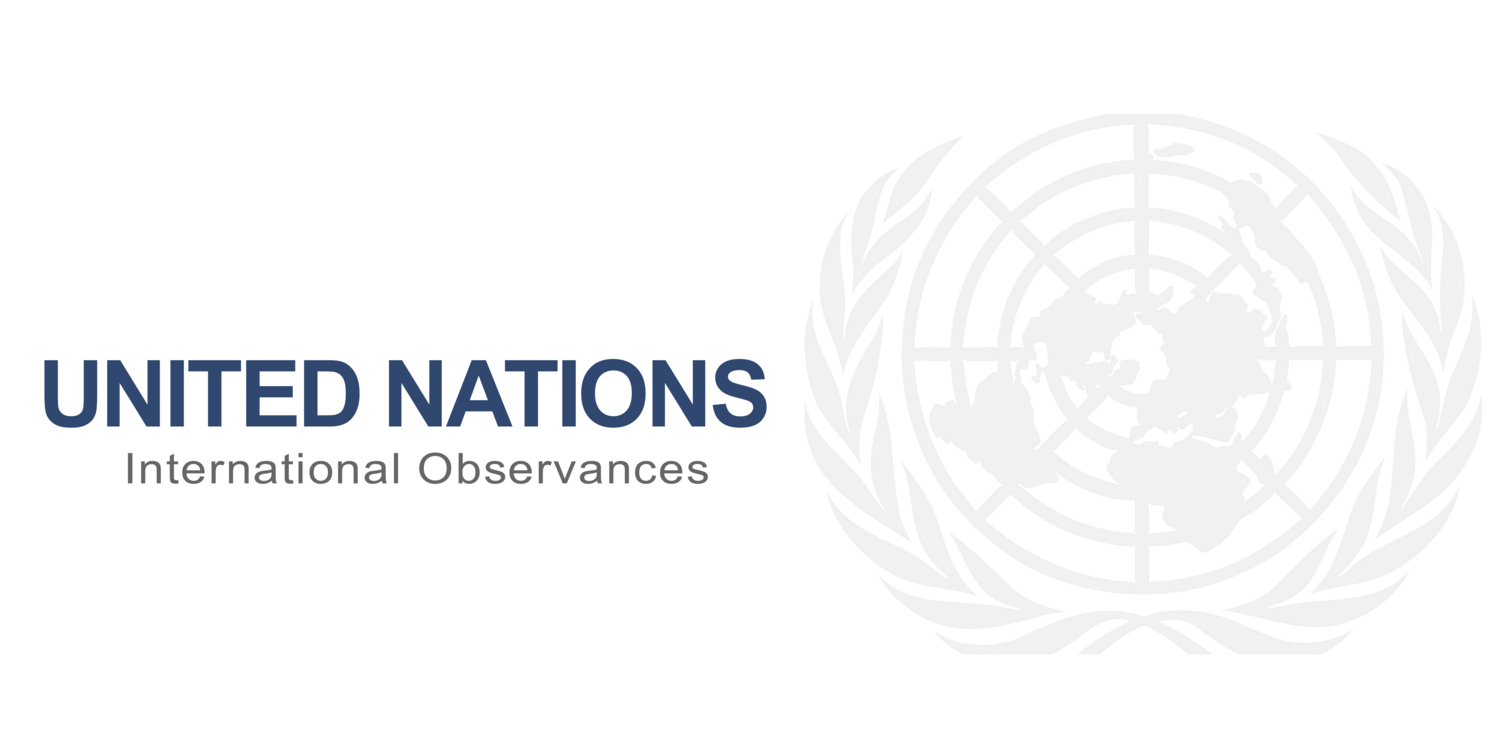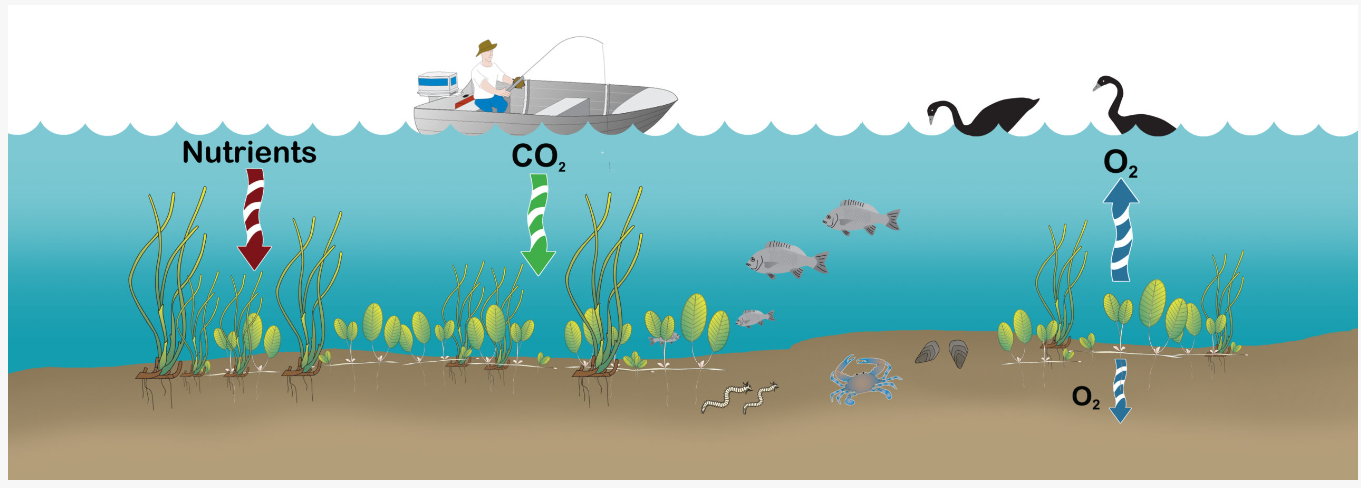PURPOSE: The World Seagrass Day is celebrated annually on March 1st to raise awareness of the importance of seagrasses as a core component of marine biodiversity, the threats that they face, and their contribution to sustainable development and climate change mitigation and adaptation. Seagrasses are one of the most widespread marine ecosystems on Earth, covering around 300,000 km2 of seabed in 159 countries. Seagrasses are marine flowering plants that are found in shallow waters in many parts of the world, from the tropics to the Arctic circle. They form extensive underwater meadows, creating complex, highly productive and biologically rich habitats. Covering only 0.1% of the ocean floor, these seagrass meadows provide food and shelter to thousands of species of fish, seahorses, turtles, etc. and sustain some of the world’s largest fisheries.
FORUM: “Act to protect the first defense along the coasts.” World Seagrass Day 2025. Seagrass ecosystems are increasingly threatened by anthropogenic activities, climate change, and natural disasters, putting the marine life that depends on them at risk. In recent years, however, the global movement to conserve these vital ecosystems has gained significant momentum. Seagrasses have been declining globally since the 1930s, with the most recent census estimating that 7% of this key marine habitat is being lost worldwide per year. It was recently noted that 21% of seagrass species are categorized as Near Threatened, Vulnerable and Endangered Species under the International Union for Conservation of Nature Red List of Threatened Species. The combined pressures of coastal development, pollution, including land-based run-off, climate change, dredging and unregulated fishing and boating activities are key drivers of the degradation of seagrasses and their associated ecosystems. Seagrass improve water quality by filtering, cycling and storing nutrients and pollutants, reducing contamination in seafood.
The benefits from conserving and restoring seagrass meadows can also help countries achieve 26 targets and indicators associated with ten Sustainable Development Goals.
Given the carbon storage and sequestration capacity of seagrass ecosystems, including them in nationally determined contributions (NDCs) can help nations achieve their targets under the Paris Agreement and the United Nations Framework Convention on Climate Change (UNFCCC).
Inclusion of seagrass ecosystems in the post-2020 global biodiversity framework and the Convention on Biological Diversity (CBD) is also critical for protecting the integrity of marine ecosystems and biodiversity.
Restoration of seagrasses also provides countries with opportunities to achieve commitments to be made to the United Nations Decade on Ecosystem Restoration.
Follow the conversations with the hashtags: #BlueTransformation, #savingseagrass, #Seagrass, #worldSeagrassesDay, #1march.
EVENTS: On March 1st, to mark the World Seagrass Day 2025, a virtual event will be held to find the ways to save seagrass meadows by UN Environment programme. Register to participate!
EXHIBITS: The IORA Indian Ocean Blue Carbon Hub is holding a photography competition to highlight these extraordinary ecosystems.
PUBLICATIONS: Seagrasses are one of the most widespread coastal habitats on the planet. They provide a range of environmental, economic and social benefits to humans, making them one of the most valuable coastal and marine ecosystems on Earth, but they are under threat.
Global Distribution of Seagrasses (Report)
Out of the Blue: The Value of Seagrasses to the Environment and to People (Report) provides recommendations to help restore them.
A new study maps the spatial distribution and status of seagrass beds along Manora’s coast in Tamil Nadu, a known dugong habitat, using acoustics and ground-truthing techniques, underscoring the potential for seagrass restoration.
PODCASTS: How to halt seagrass degradation? Today, widespread changes have been observed, including damage to coral reefs, mangroves and seagrasses that support ocean life, and migration of species to higher latitudes and altitudes where the water could be cooler. Exploring the 5 ways often-unheralded seagrasses boost biodiversity. Listen to the audio-podcasts!
CAMPAIGN: Rising temperatures increase the risk of irreversible loss of marine and coastal ecosystems. It’s time to safeguard the ocean as our best ally for climate solutions. Join the World Seagrass Day 2025 “Act to protect the first defense along the coasts.” campaign. Get the communication materials!
WHY WE CELEBRATE THE DAY?
HOW TO GET INVOLVED!
PARTNERSHIPS
On 23 May 2022, the United Nations General Assembly (UNGA) by the resolution A/RES/76/265 proclaimed March 1st as World Seagrass Day; The resolution highlights the urgent need to raise awareness at all levels and to promote and facilitate actions for the conservation of seagrasses in order to contribute to their health and development, bearing in mind that enhancing ecosystem services and functions is important for the achievement of the Sustainable Development Goals. The Inclusion of seagrass management, conservation and restoration should be a critical component of sustainable blue economy strategies in the future. Projects are already underway in various countries, and a few have even been selected as World Restoration Flagships initiatives. Chosen as best examples of large-scale and long-term ecosystem restoration, these projects embody the 10 restoration principles of the United Nations Decade on Ecosystem Restoration.
Seagrasses are marine flowering plants found in shallow waters creating meadows that are highly productive and biologically rich habitats. They only cover 0.1% of the world’s ocean floor but account for 10 – 18% of the total carbon burial in oceans. They also provide food and shelter for a diverse community of animals and sustain some of the largest fisheries as they provide nursery grounds for commercial important fish and prawn species.
Improve the protection and restoration of seagrass meadows.
Raise awareness about Seagrasses importance for community well-being, whether through food security from fish production, improved quality of water filtered by seagrasses.
Drive efforts around the world to conserve, better manage and restore these ecosystems.
Help countries achieve multiple economic, societal and nutritional objectives, aligning with and supported by policies implemented at the national, regional or global levels.
Initiated by environmental groups and endorsed by the United Nations, the day focus on the conservation of seagrass meadows and their importance in combating climate change and supporting marine life.
The World Seagrass Day is co-organized by the United Nations General Assembly (UNGA), the United Nations Environment Programme (UNEP), the International Union for Conservation of Nature, the Convention on Biological Diversity (CBD), the UN-OCEANS, the United Nations Climate Change, the World Wildlife Fund (WWF) the Rasmsar secretariat, the United Nations Office for Disaster Risk Reduction (UNDRR), the Global Environment Facility (GEF) and The Commonwealth Secretariat.
With the participation of Civil society Organizations, Non-Govermental organizations, Biologists and Conservationists, Researchers and academics.



